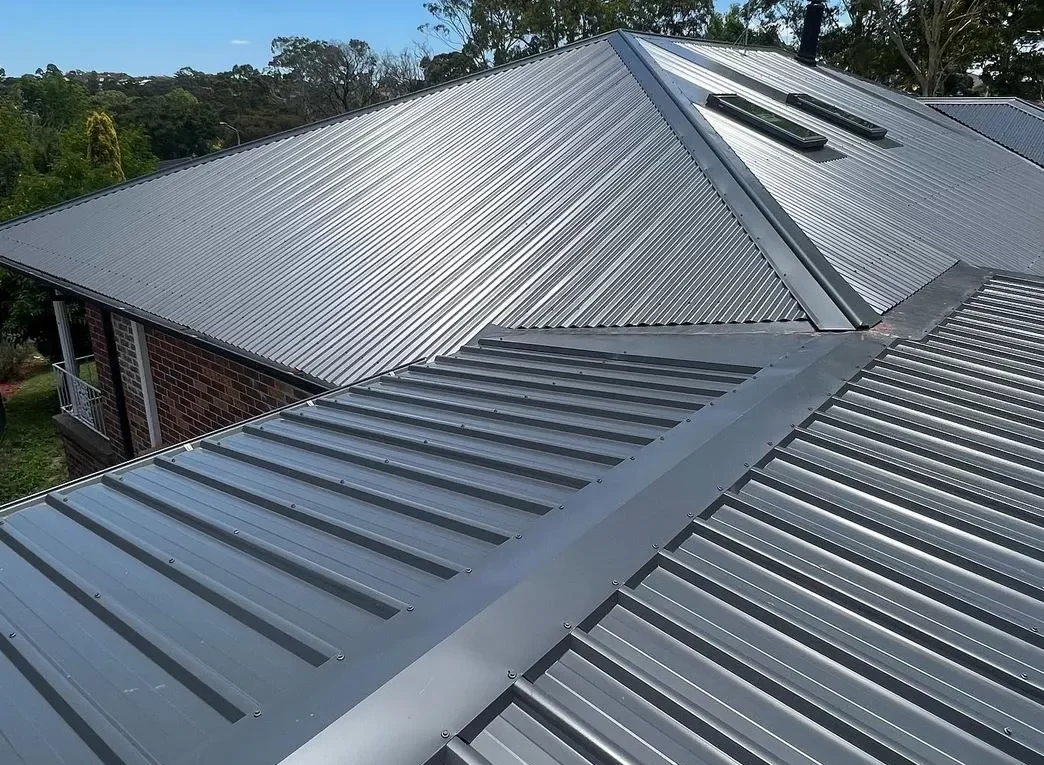Is Pressure Washing Harmful to Roofs? Safer Cleaning Options
Keeping the roof clean is crucial when it comes to maintaining the curb appeal and longevity of your home. Over time, roofs can accumulate dirt, algae, moss, and debris that not only look unsightly but can also lead to if left untreated. But homeowners ask: is pressure washing bad for roofs? Let’s break it down.
Key Points and Tips
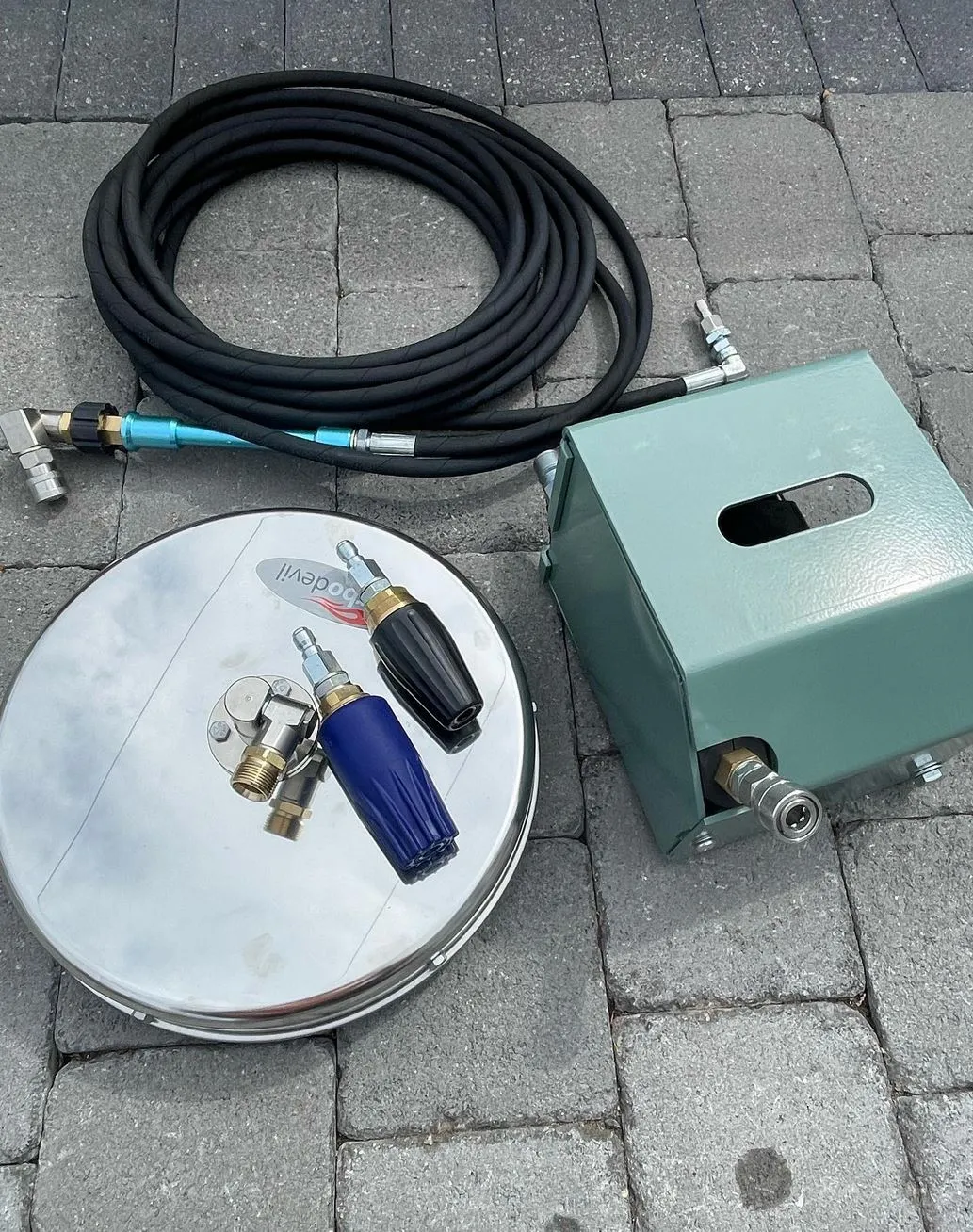
Pressure washing uses high-pressure water streams to clean surfaces. While it’s great for getting grime and stains off, it’s not for all surfaces – especially roofs. The concentrated water streams can damage delicate roof materials and cost you money down the line. Misuse of a pressure washer can damage roof shingles, roof tiles and roof coatings and create water damage and structural issues.
Risks
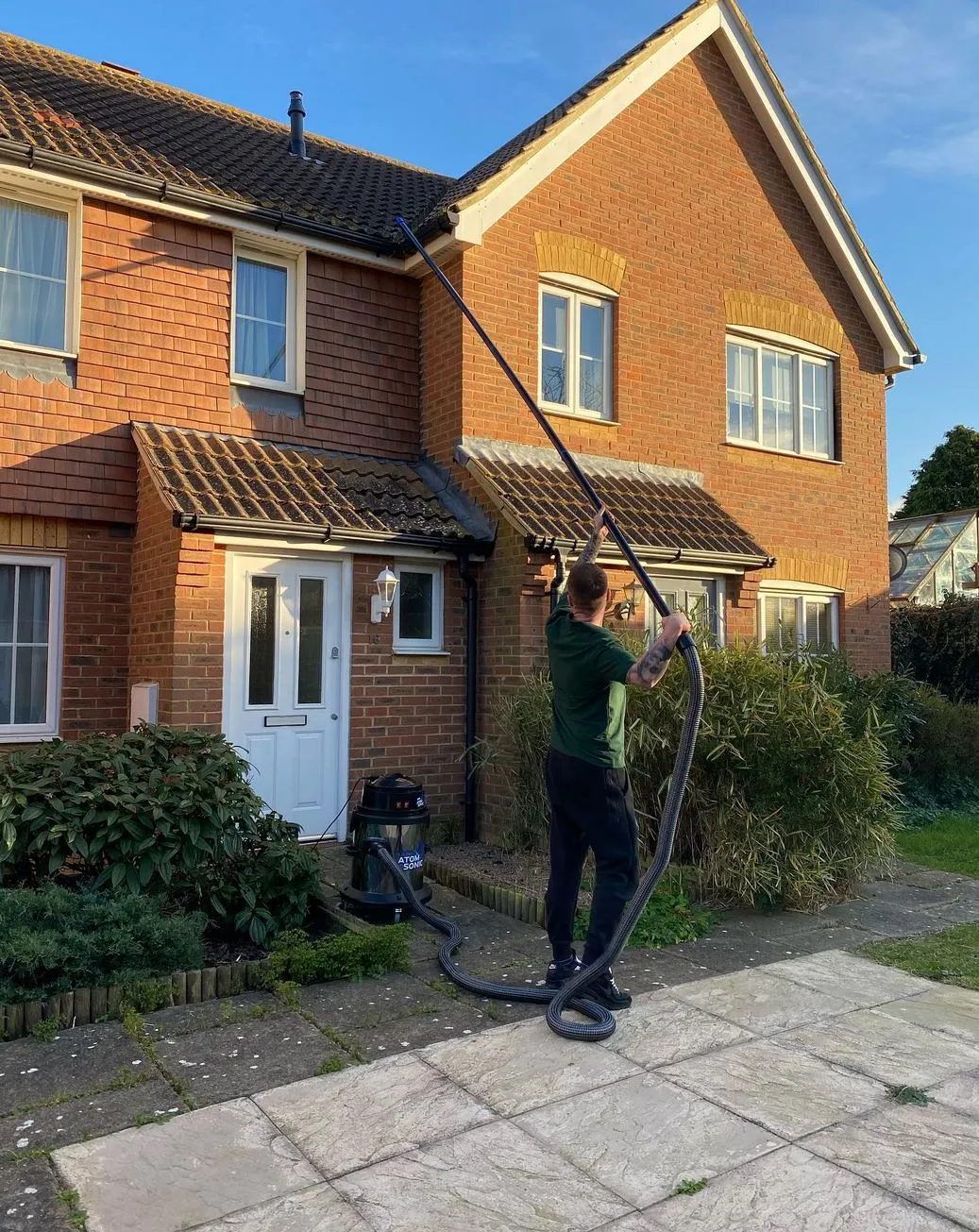
Roofing Materials:
Asphalt shingles, clay tiles and wooden shakes are not designed for high-pressure water. Pressure washing can strip granules from shingles, crack tiles and loosen nails or adhesive seals. This can expose the underlying roof material to water and other nasties and damage the roof.
Water Infiltration:
The force of high-pressure water can push water under the shingles or tiles and create leaks and water damage inside your home. Wet roof surfaces can also become a breeding ground for mould and other health risks. This is especially problematic for roof spaces with fabric underlayment or areas with poor ventilation paths.
Voiding Warranties:
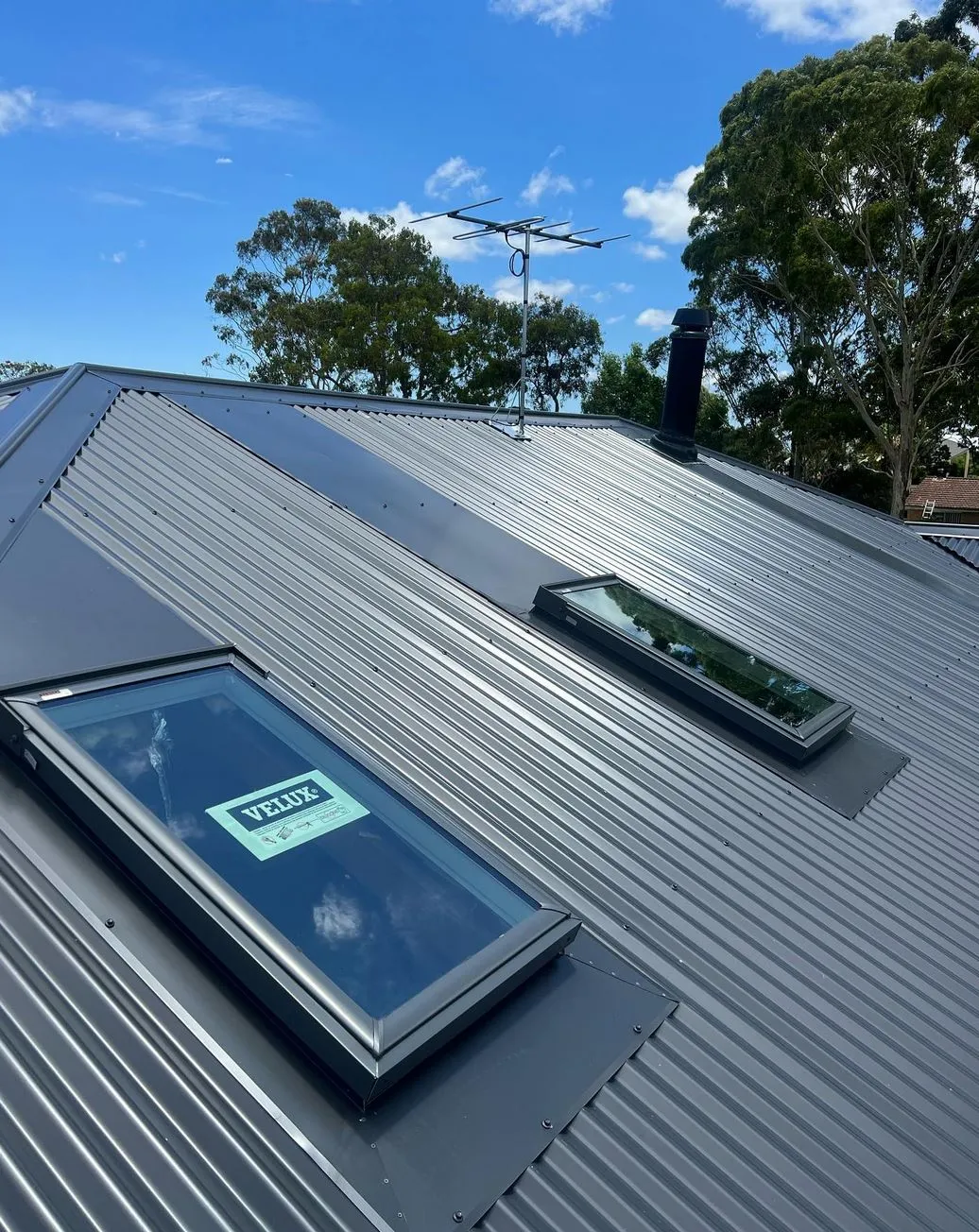
Many roofing manufacturers advise against pressure washing as it can void warranties on materials especially asphalt roofing surfaces and other delicate roof coatings. Homeowners should always consult a roofing contractor before using high-pressure cleaning methods.
Accelerated Wear and Tear:
Over time pressure washing can wear down roofing materials and shorten the life of your roof. Pressure washing with moderate water pressure can still damage the protective layer of roofing materials and create rust or rust flakes and weakened coatings.
Safer Options
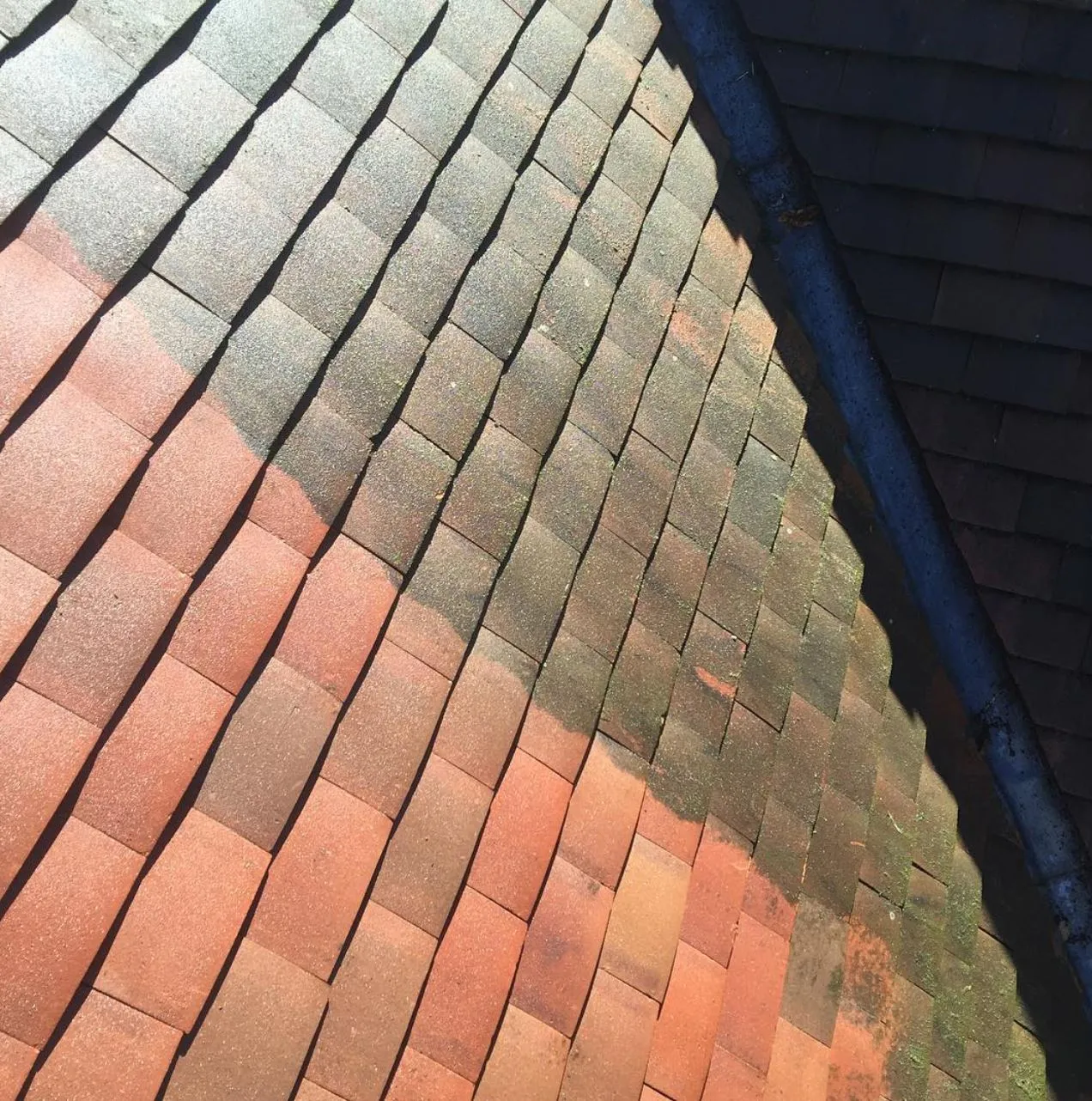
Instead of high-pressure water, try these:
Soft Washing:
Soft washing uses low-pressure water and eco-friendly cleaning solutions to gently remove dirt, algae and moss without damaging the roof. This is great for delicate roof materials and will give you a clean roof without the risk of damage.
Manual Cleaning:
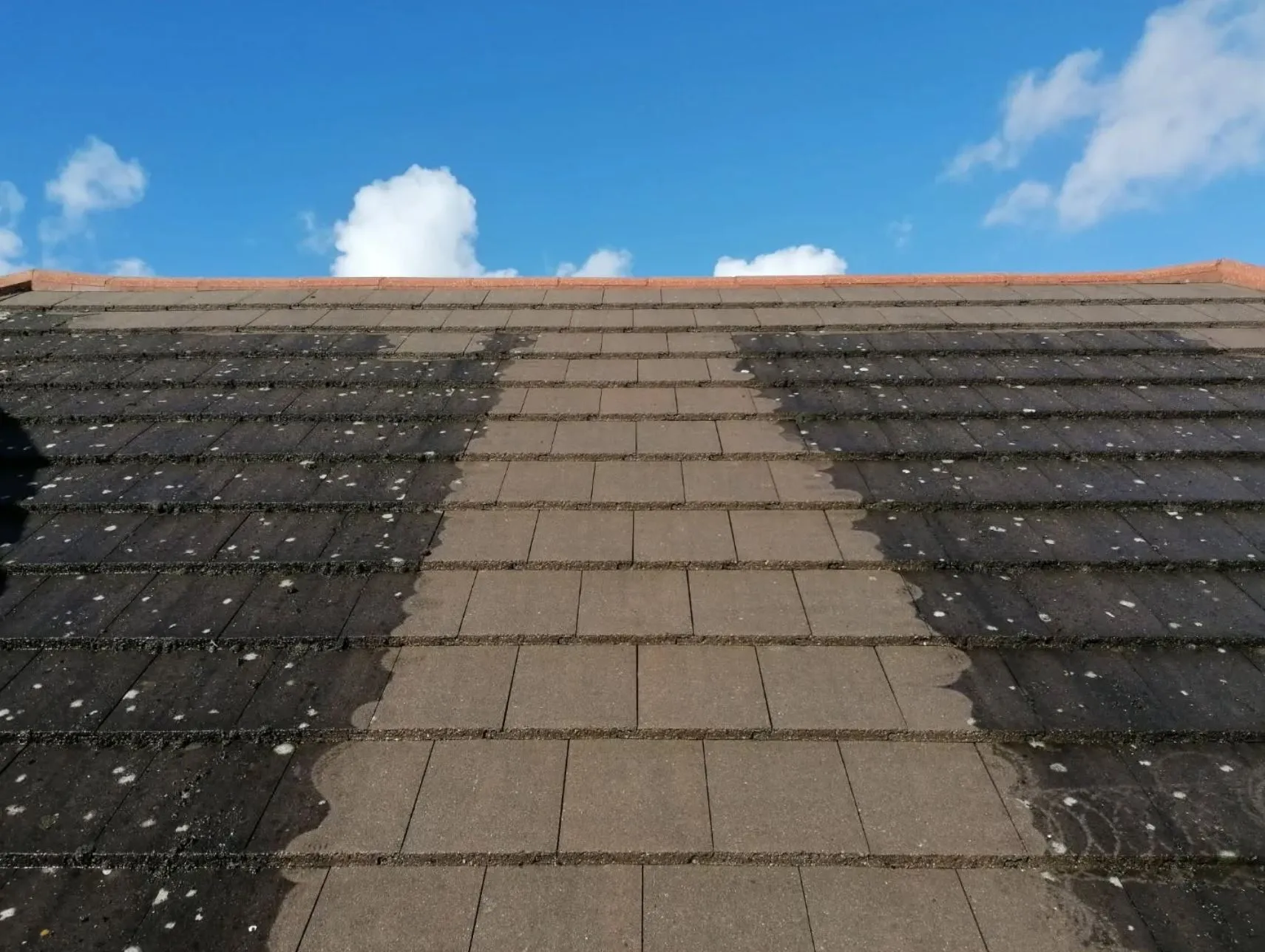
A professional roofer can manually remove debris and growth using specialized tools like a squeegee mop, garden spray nozzle or leaf blower. This avoids the damage caused by high-pressure streams.
Maintenance:
Trim overhanging branches, clean gutters and install zinc or copper strips to prevent algae and moss growth. Annual maintenance, including safe pressure washing, will prevent dirt and debris from accumulating on the roof.
Benefits
Having a professional roof cleaning service means your roof is cleaned safely and properly. They know the right techniques and products for different roofing materials so you don’t damage them. Professional roof cleaners wear the latest safety gear, protection harnesses, sturdy shoes and eye protection to navigate wet roofs. If you’re not sure how to approach roof cleaning, it’s always best to hire a professional cleaning service to do the job right and avoid costly mistakes.
Professional roof cleaning services use non-toxic chemicals and soft wash solutions to remove tough dirt, moss and algae while preserving the roof. For concrete roofs, tile roofs and metal roofs, hiring a roofing contractor means quality service and minimizes the risk of water leaks or structural issues.
Regular Inspections and Maintenance
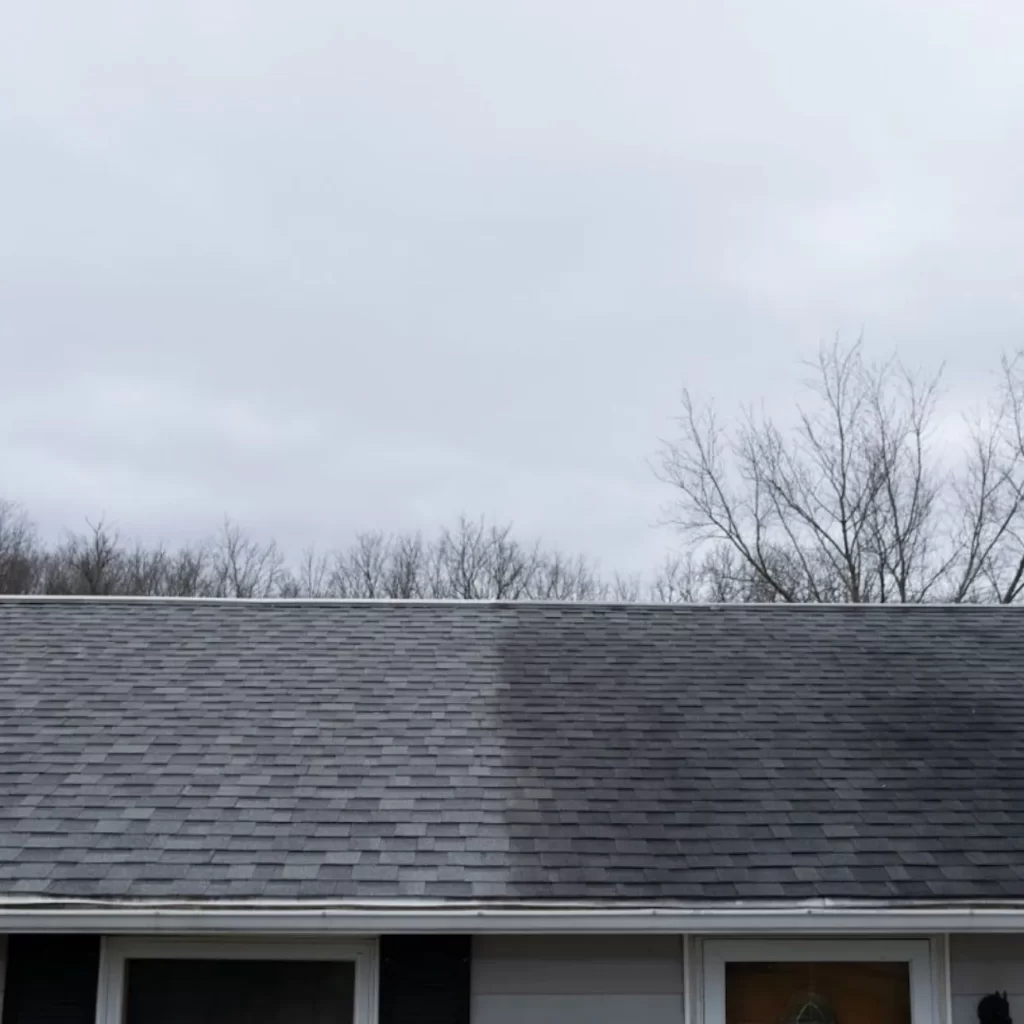
Regular inspections are key to identifying problems before they become major issues. A thorough inspection can reveal underlying issues such as ceiling stains, moisture levels and damage. Keeping a roof clean and maintained also improves energy efficiency by increasing reflectivity, reducing heat gain and preventing heat absorption. For example a clean well-maintained roof can mean cooler roof temperatures and better attic ventilation reducing the risk of respiratory conditions and other health issues caused by poor air circulation.
Conclusion
While pressure washing can solve many cleaning tasks quickly, it’s not the best solution for roofs. The risks far outweigh the benefits especially when there are safer options like soft washing. By investing in proper roof maintenance like regular cleaning, roof moss removal and proper roof drainage you can improve your home’s looks and extend the life of your roof. A nice-looking roof can also improve the reflectivity of your home and reduce heat absorption and energy costs. Always consult professional roofing contractors for advice on water pressure, cleaning methods and additional cleaning steps to preserve your roof over time.
FAQ
Can I use a pressure washer on my roof if I turn down the pressure?
Even at lower settings, pressure washers can still damage roofing materials or push water under the shingles. Soft washing is the way to go.
How often should I clean my roof?
Depends on your climate. Typically 1-3 years, especially if you live in an area with algae or moss growth. Regular inspections will help catch issues before they become problems.
What are the signs my roof needs cleaning?
Common signs include dark streaks, green moss patches, visible debris buildup, and a dingy roof. Ceiling stains or water leaks may be a sign your roof needs cleaning.
Is roof cleaning expensive?
Cost varies based on the size of your roof, the amount of dirt and the cleaning method. Professional services are worth the investment to avoid costly roofing repairs.
Can roof cleaning save me money on energy?
Yes, removing dark algae streaks will help reflect sunlight more effectively and reduce heat absorption and cooling costs. A clean roof and well-maintained roof equals cooler roof temperatures and better attic ventilation.
